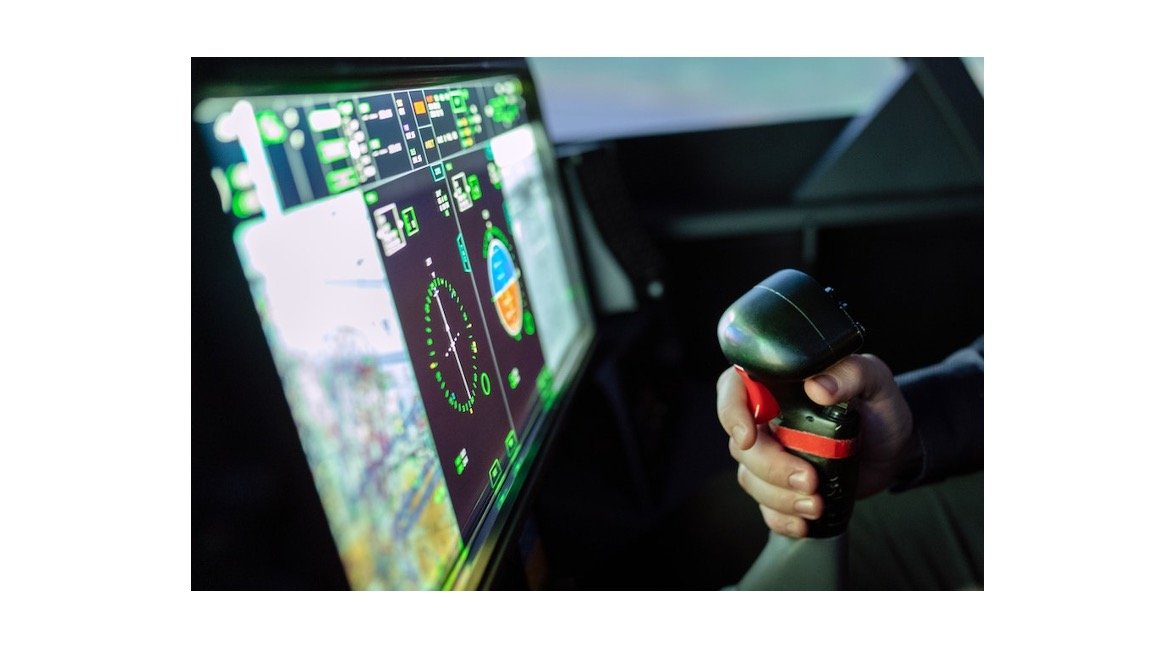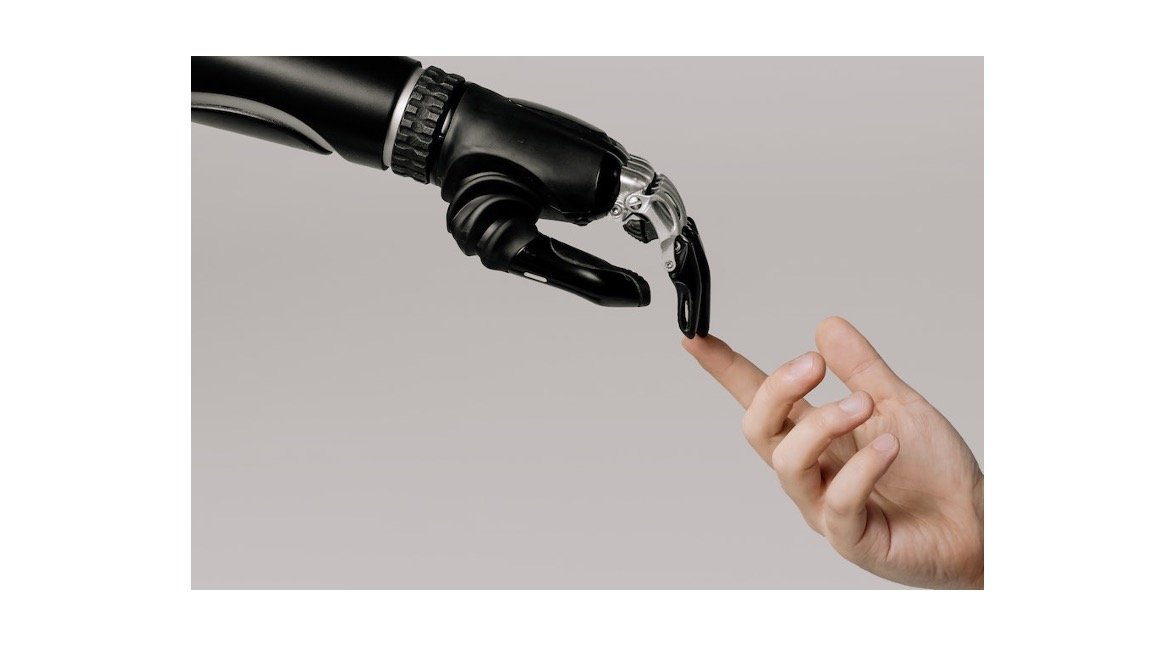RPA is a technological application that aims to automate corporate processes, using structured tools capable of performing certain tasks.
A company that uses technology – such as RPA software – is capable of processing transactions, manipulating data, communicating with other systems or even triggering messages, responses and emails.
You might consider using RPA in scenarios of all kinds, whether it’s sending a simple thank you email or deploying bots to automate tasks in a complex system like a CRM.
Think carefully:
Some activities carried out on a daily basis, mainly operational and transactional ones, require your team to invest a lot of time to carry them out.
Among them, we list the financial data conferences, the preparation of receipts and the administration of payrolls as examples.
Using RPA in your operations, these tasks and many others are fully automated.
The possibilities of areas of action of the robots are multiple.
Therefore, you can use this technology to optimize most of your processes, regardless of your business segment.
This optimization is no small feat, let me be clear.
By adopting automation and revamping operational procedures, businesses will save 30% of their present operating expenses by 2024.
This is data from Gartner , one of the world’s leading technology and market trends consultants.
Process automation also allows your employees to have more time to dedicate to other more strategic issues for the company, which increases productivity and results for the business.
It is even possible to identify an increase in the level of satisfaction of its professionals, since they will be more available to carry out activities with greater added value.
Is RPA considered AI (Artificial Intelligence)?
Despite the theoretical similarities, in practice RPA and AI are quite different.
And this should be clear to anyone looking to learn more about robotization for process automation.
An RPA software automates repetitive tasks, with a more operational bias, and generally unalterable. In other words, objective automation , without the need for context interpretation.
This is the case with a system that processes payroll or updates customer profiles.
If the layout of the registration page changes and your company name changes location, the RPA software may need to be updated.
So it’s a fine line, for sure.
However, we must be fair:
There are solutions that integrate the RPA solution into your AI system (some even with Machine Learning).
So it’s an operating arm of automation powered by an intelligent ecosystem.
In addition, there are some technology companies expanding the concept of RPA.
This is Intelligent Automation.
With RPA and Intelligent Automation, your company will be able to combine technologies and digital tools to automate end-to-end processes.
In this way, it composes executions using robotization, analytics, artificial intelligence, process mining, BPMS/workflows, among others, further leveraging business transformation.
RPA is usually a separate solution and independent of the legacy system ( CRM , ERP , financial management , etc).
Therefore, its application is very wide, on practically any platform.
Which industries can embrace RPA?
RPA is extremely used in customer relationship management systems, the CRMs.
The reason is simple: the communication and data integration processes in this sector of companies are full of repetitive and massive tasks.
That is, for a company with little time on the road, it is almost impossible not to bet on customer relationship management. Imagine for others?
But the truth is that, in addition to this application, RPA can be fitted to various demands within a company.
Especially administrative ones.
Among these applications, we can list some of the main ones that the market already relates to the use of an RPA solution, check it out:
- Sending notifications;
- Customer billing;
- Process orders;
- Generating reports;
- Task monitoring;
- Complex financial calculations;
- Resume database management;
- Updating customer and employee profiles;
- Register, modify, validate and analyze information;
- Deletion of fraudulent accounts from systems and platforms.
That is, as you can see, they are general applications, common to companies in all segments.
One of the benefits of RPA is precisely this: offering a democratic technology that can be adopted by any company, regardless of its size.
What is the purpose of RPA?
The purpose of RPA is to streamline and automate tasks considered repetitive, purely operational and mass within a company.
It is a technology that imitates what a human being would do, performing tasks via configured software or another technological aspect, such as one (or more) bots.
In this way, RPA aims to reduce the manual load within companies, in their various sectors — administrative or operational.
The focus is on giving more autonomy to the teams, so that they can focus their working hours on really strategic issues and that lead the company towards meeting its objectives.
How does RPA work?
RPA works with software or robots — bots — commanded by codes and algorithms that perform pre-programmed functions and tasks.
This action is usually on the front-end of the codes, as they don’t change it in essence (on the back-end).
In fact, RPA executes commands on the surface closest to the end user, the system interface, but with complete precision, no error rates and 100% automated.
Another factor is that normally in RPA human intervention is not required. Data input for carrying out the tasks is performed by the robot itself — with immediate implementation.
The goal is to make the execution as optimized and independent as possible. In this way, RPA stands out for being a non-intrusive application.
On the contrary, it adapts well to existing systems and is perfectly scalable.
What are the advantages of RPA technology?
You already know about RPA, now it’s time to dive into its advantages. After all, does this technology impact that much on the routine of companies?
Below, we explain more:
1. Productivity optimization
One of the main advantages of adopting RPA is increased productivity, a goal of many companies.
Tasks that previously took huge amounts of hours from your team, done in an agile, assertive and automated way. No manual intervention at any stage as the robot takes care of everything.
This applies both to tasks such as filling out spreadsheets and direct customer service, which can be done via a chatbot.
In addition to the operational issue, you take the service burden off your employees’ shoulders.
This way, you can direct them (as well as design your processes) to a more strategic day-to-day, with more productivity and satisfaction!
2. Precision
Precision and constancy: two incomparable RPA gains for your business!
And it’s precision that improves the quality of deliveries , at any level. In a short time, this reflects on your productivity and impacts on customer satisfaction, improving your consumption experience at all ends.
3. Cost reduction
A direct benefit of RPA is that it automatically cuts your need to inflate the team. Whether via hiring or outsourcing.
After all, RPA is a technological answer to corporate demands for lower operating costs.
It’s a dynamic that impacts directly on your revenue!
In fact, high-performing companies that have adopted RPA technology have seen gains of up to 4x their investment. Others earned almost twice as much.
4. Error reduction
With an RPA solution, you are guaranteed that human errors will not happen.
Every execution is previously programmed and defined based on data from secure sources. Therefore, the error rate is practically zero.
5. Integration with other systems
With Robotic Process Automation, you don’t have to worry about integration with multiple systems.
As it is a front-end solution, it does not affect or require a connection with the platforms’ code.
It acts in order to automate executions “outside” of systems and applications, which enables application in general.








